Dishwashers are one of the best time-saving appliances that you can purchase. So if your dishwasher breaks down or stops mid-cycle, it can be a huge inconvenience. A KitchenAid dishwasher can be prone to malfunction, similar to any other dishwasher brand. But what if your KitchenAid dishwasher stops mid-cycle? How do you fix this? We've researched the answer, and in this post, we will discuss how to remedy this issue.
Common reasons that a KitchenAid dishwasher may stop during its cycle include having a tripped circuit or a faulty motor. Old age and frequent usage can cause dishwasher components to break, become damaged, or simply wear out from everyday wear and tear. Here are a few steps to help you troubleshoot your dishwasher if it stops mid-cycle:
- Check the door latch
- Test the fan assembly, electronic control board, and lid switch assembly
- Check for a blown thermal fuse (or other fuses)
- Test the dishwasher timer for continuity
- Inspect and test the motor and pump
- Check the water inlet valve for continuity
Want to know the precise details for these steps? You're in luck. Keep reading to find out the details of these steps, how to reset your dishwasher, how to run a diagnostic test, and more.

What To Do When Your KitchenAid Dishwasher Stops Mid-Cycle
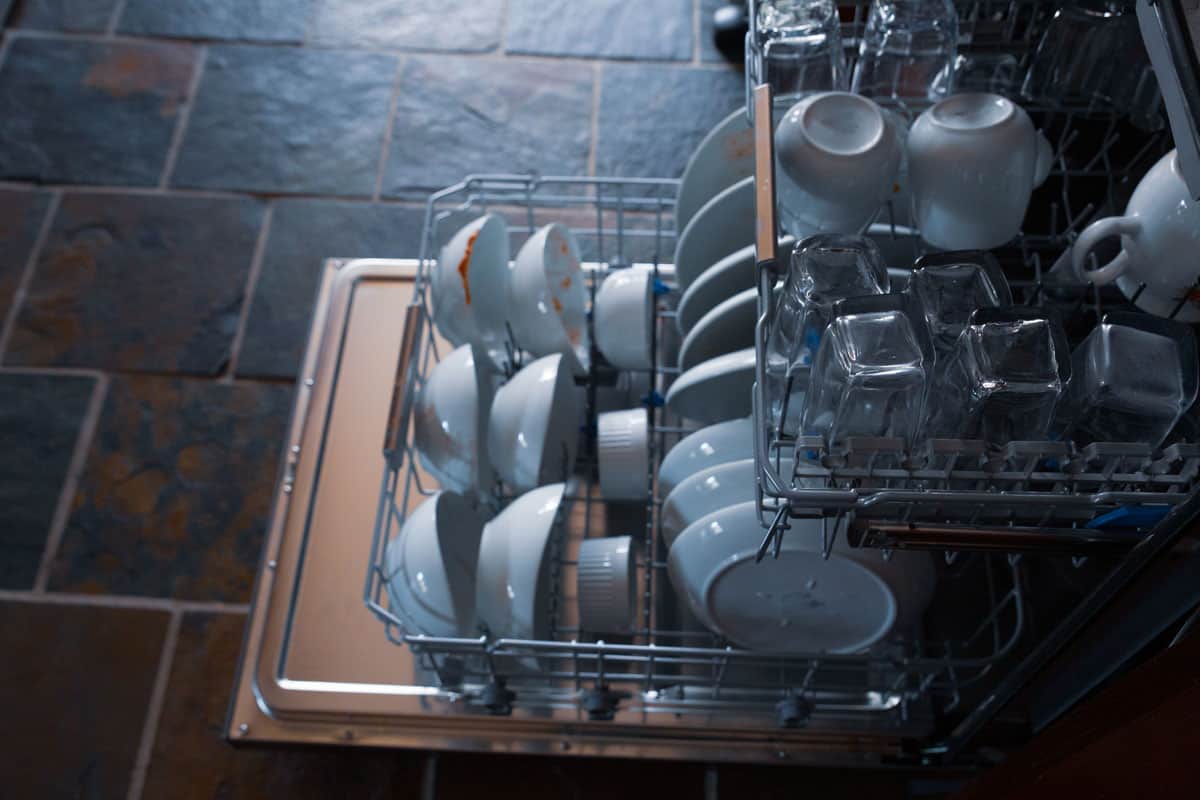
If your KitchenAid dishwasher has stopped mid-cycle, you may be able to save time and money by troubleshooting the issue yourself before calling an appliance repair professional. Continue reading to learn more about how to check the various components of your dishwasher.
Check The Door Latch
There is a micro switch inside of the door latch that works as a safety feature to prevent the dishwasher from running if the door is not closed completely. If the microswitch is malfunctioning or damaged, it may not engage the door latch even though it's completely closed. In this case, it'll cause the dishwasher to stop while it is already running.
When the microswitch malfunctions, it cannot be repaired. Instead, it will need to be replaced with a new one. On most KitchenAid washers, you can test the switch manually while the door is open. It's best to check your user's guide to discover how to do this.
Test The Fan Assembly
The fan assembly is responsible for maintaining the fan and airing out the hot, moist environment inside of the dishwasher after it completes a wash cycle and during the drying cycle. If the fan or the assembly becomes faulty, the dishwasher's temperature will become too hot, causing the unit to shut off mid-cycle.
Also, if you notice that the dishwasher completes its wash cycle faster than usual or that it doesn't dry the dishes at all, the fan and assembly may be the issue. It's best that the fan is diagnosed and repaired by an appliance repair professional due to the complex nature of its wires. If the fan assembly needs to be replaced, the cost can range anywhere from $100 to $300.
Test The Electronic Control Board
The control board of a dishwasher serves as the brain of the appliance and is responsible for all of its functions and setting capabilities. Like any other component, however, the control board can become faulty. When it does, it can throw your entire unit out of whack. The control boards for KitchenAid dishwashers can range anywhere from $50 to over $300, depending on the model of your dishwasher.
KitchenAid control boards typically come with a warranty. So, depending on the length of time that you had your dishwasher, you may be able to have it repaired at no or minimal cost. Testing the control board will likely need to be done by an appliance repair professional, as they have the tools and the expertise to determine if it is the culprit.
This replacement can be a costly repair job, as it's a bit involved. Control boards typically range anywhere from $75 to around $100, with repair charges ranging anywhere from $150 to $300.
Test The Lid Switch Assembly
The lid assembly of a dishwasher prevents it from spinning if the lid is open. Sometimes this assembly may fail, causing the dishwasher to stop during the middle of its cycle. The quickest way to determine if the lid switch assembly is in fact faulty is to use a multimeter to test for continuity.
You can do this yourself or contact an appliance repair professional to do this for you. The lid switch assembly on KitchenAid dishwashers is fairly inexpensive, ranging anywhere from $20 to $35 for several models.
Click here to see this multimeter on Amazon.
Check For A Blown Thermal Fuse (Or Other Fuses)
Another common reason for dishwashers stopping mid-cycle is a fuse blowout, more commonly the thermal fuse. The thermal fuse is responsible for keeping the temperature of the dishwasher at an operable level. If the dishwasher becomes too hot during the washing or drying process, it can damage the interior of the unit as well as other operational components.
A blown or defective thermal unit will cause the dishwasher to stop at any time or may not power on at all. It's located behind the control panel of the dishwasher and can be easily replaced (usually within 10-15 minutes).
If the dishwasher stops mid cycle, it could be that another fuse has blown, so it's best to test all of the fuses with a multimeter during the diagnostic process (which is what a repair technician will do). The thermal fuse for a KitchenAid dishwasher can range anywhere from $14 to $60 depending on the model.
Test The Dishwasher Timer For Continuity
Timers are responsible for regulating the length of each of the dishwasher's cycles. And while they may not become defective as often as other components within the dishwasher, they can absolutely cause a dishwasher to stop mid-cycle if they do. The best way to determine if your timer is found to use to take a look at your user's manual to determine its exact location (which will vary depending on the model) and then test the part for continuity.
Inspect And Test The Motor And Pump
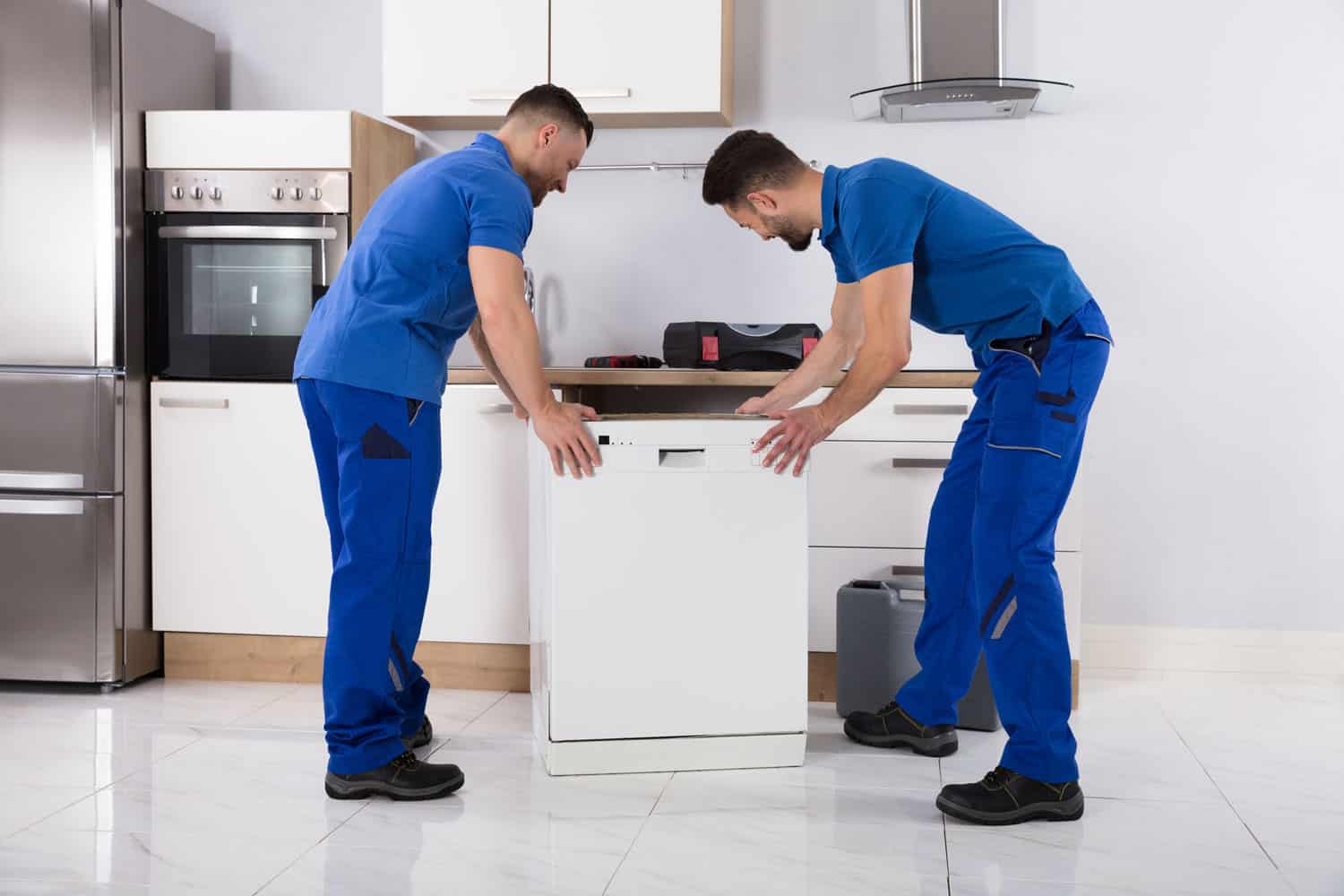
All dishwashers need a pump and motor to move water throughout their interior. If you suspect that the pump or motor is faulty, it's best to ensure that your water valve is turned on first. Your water valve is located beneath your sink or on the left bottom side of the dishwasher. One of the biggest signs that there is an issue with the motor is if the motor simply stops running mid-cycle.
You can typically hear the motor running when the dishwasher is in operation. If it suddenly goes quiet and you hear no other activity, chances are the motor has gone out. If the motor goes out, the pump will not function. You may also notice water leaking from the dishwasher.
You can test the continuity of the motor, though removing it will be a bit involved. It's best to use your user's guide to determine its exact location. KitchenAid motor pumps can range anywhere from $200 to $300 and more, so you'll definitely want to first determine if you are still under warranty before calling a technician.
Check The Water Inlet Valve For Continuity
This part is responsible for allowing water into the tub of the dishwasher for the washing process and then releasing it during the rinse process. Over time, the water inlet valve can become faulty due to wear and tear or clogs from food particles. You can also use a multimeter to test the valve for continuity. If the valve is faulty, it would need to be replaced. A new water inlet valve can cost anywhere from $20 to $60 or more.
Does A KitchenAid Dishwasher Have A Reset Button?
Yes. KitchenAid dishwashers typically have a reset button that allows you to cancel the current wash cycle and reset it. The button is usually located on the control panel and listed as the "Cancel" button. If you can't seem to find your reset button, you may want to check the user guide for your KitchenAid dishwasher.
How Do You Run A Diagnostic Cycle On Your KitchenAid Dishwasher?
Before running a diagnostic test on your KitchenAid dishwasher, it's always best to first unplug it and then plug it back in at the electrical outlet. On most models, you can initiate the diagnostic cycle by simply pressing two setting buttons on the control panel (ex: Hi-Temp, Low-Temp, etc.). Start by pressing one button 5 times and immediately after, press another panel button 5 times.
You will know the diagnostic test has been initiated if you see the LED light on the control panel beginning to blink. The amount of time that the dishwasher takes to complete the diagnostic will vary by model but will typically take anywhere from 2 to 7 minutes. You can also refer to your user manual to determine the specific process needed to run the diagnostic on your dishwashing unit.
How Long Does A KitchenAid Dishwasher's Normal Cycle Run?
Most KitchenAid dishwashers will have a total runtime of anywhere from 1 to 3 hours. This can range depending on the model and year of your dishwasher.
Wrapping Things Up
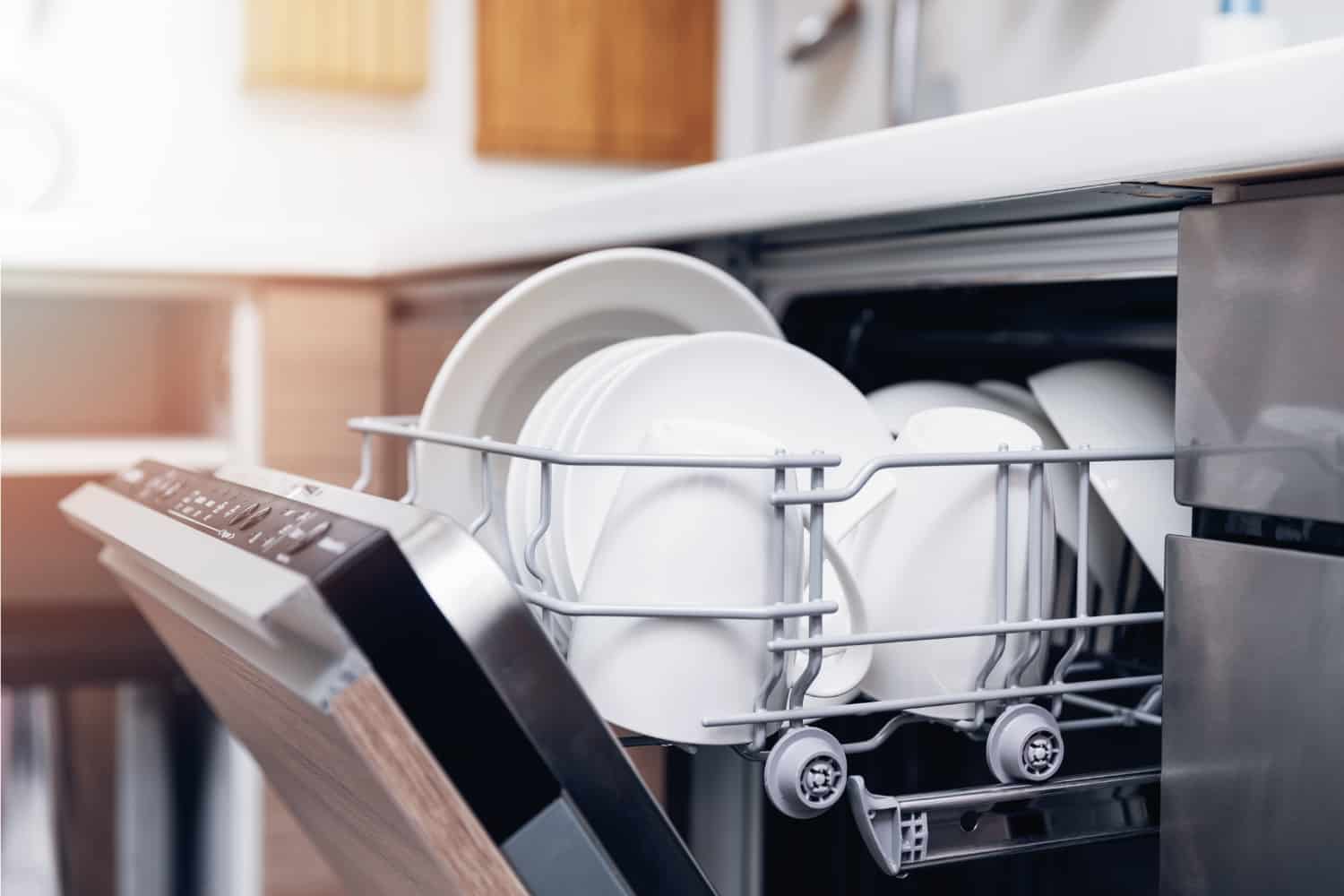
We hope that this post has helped you learn how to troubleshoot your KitchenAid dishwasher if it stops mid-cycle. If you cannot seem to pin down the root of the issue or the problem prove to be too complex for your capabilities, it may be time to call in a professional.
Before you go, be sure to check out our other posts:
Are Sieves Dishwasher Safe? Here’s How To Clean Your Sieve
How To Cut A Hole In A Plastic Container (5 Effective Ways)


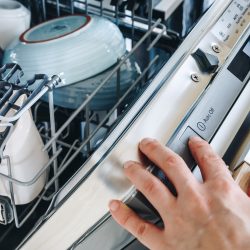
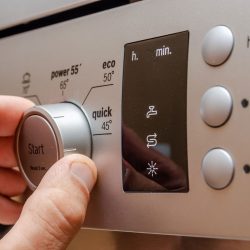

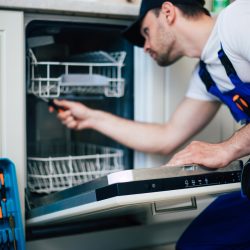
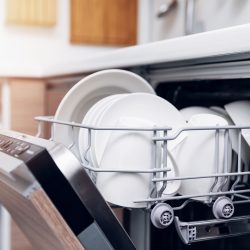
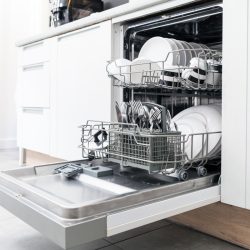
Great article! It’s helpful to know that there are some common issues with dishwashers and how to fix them. Thanks for sharing this information!